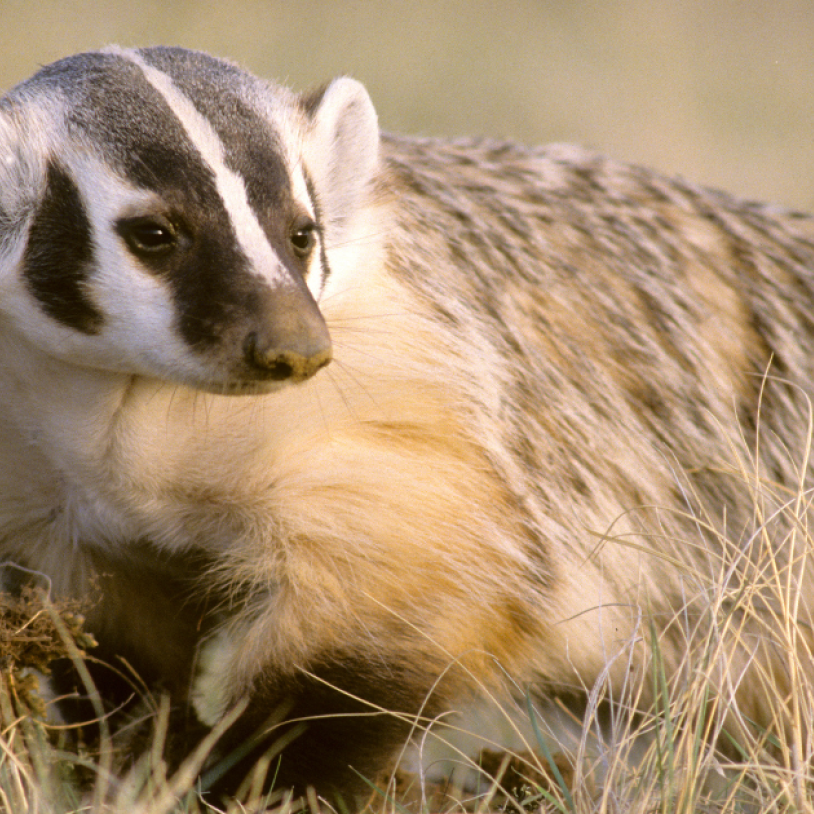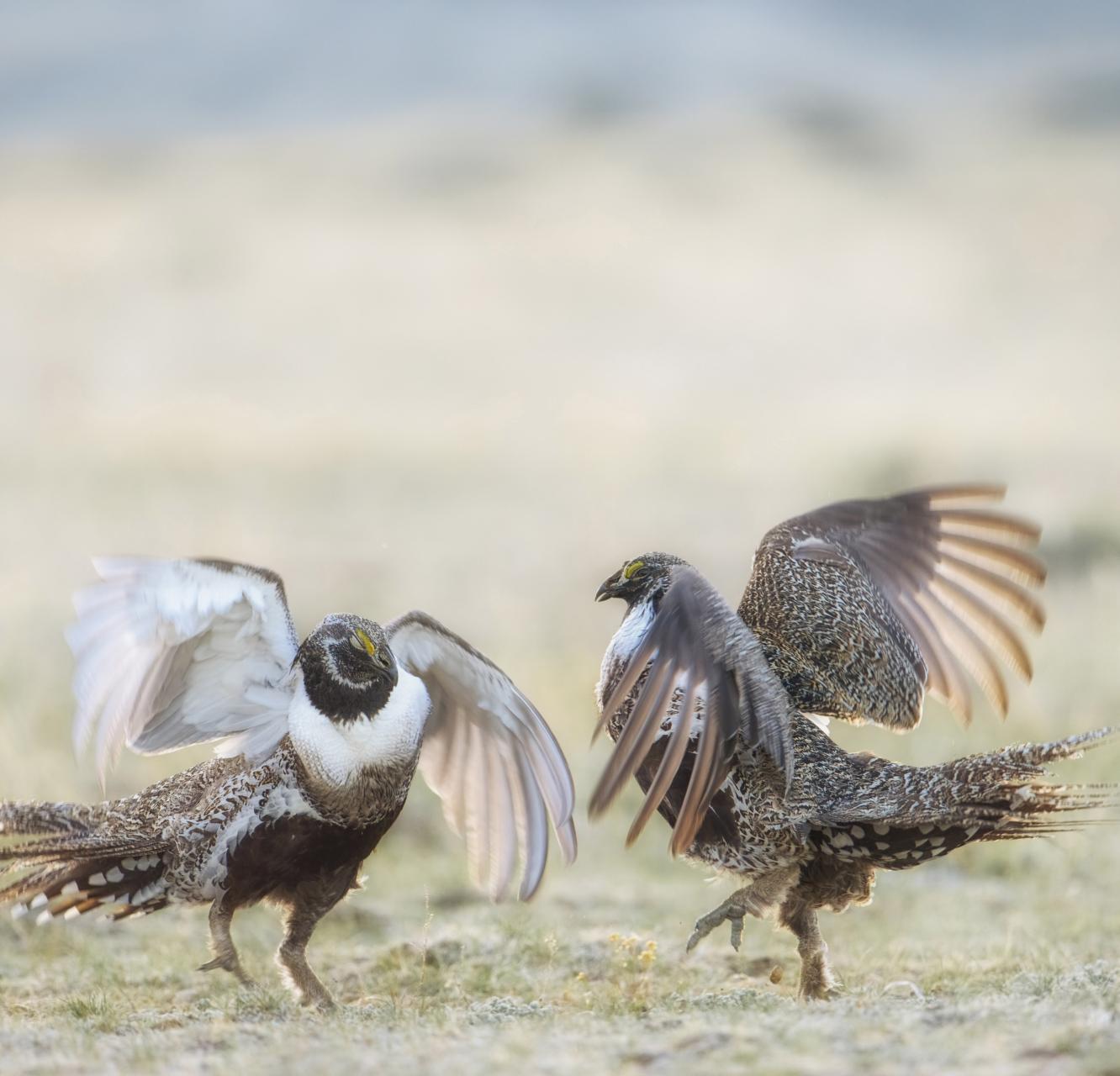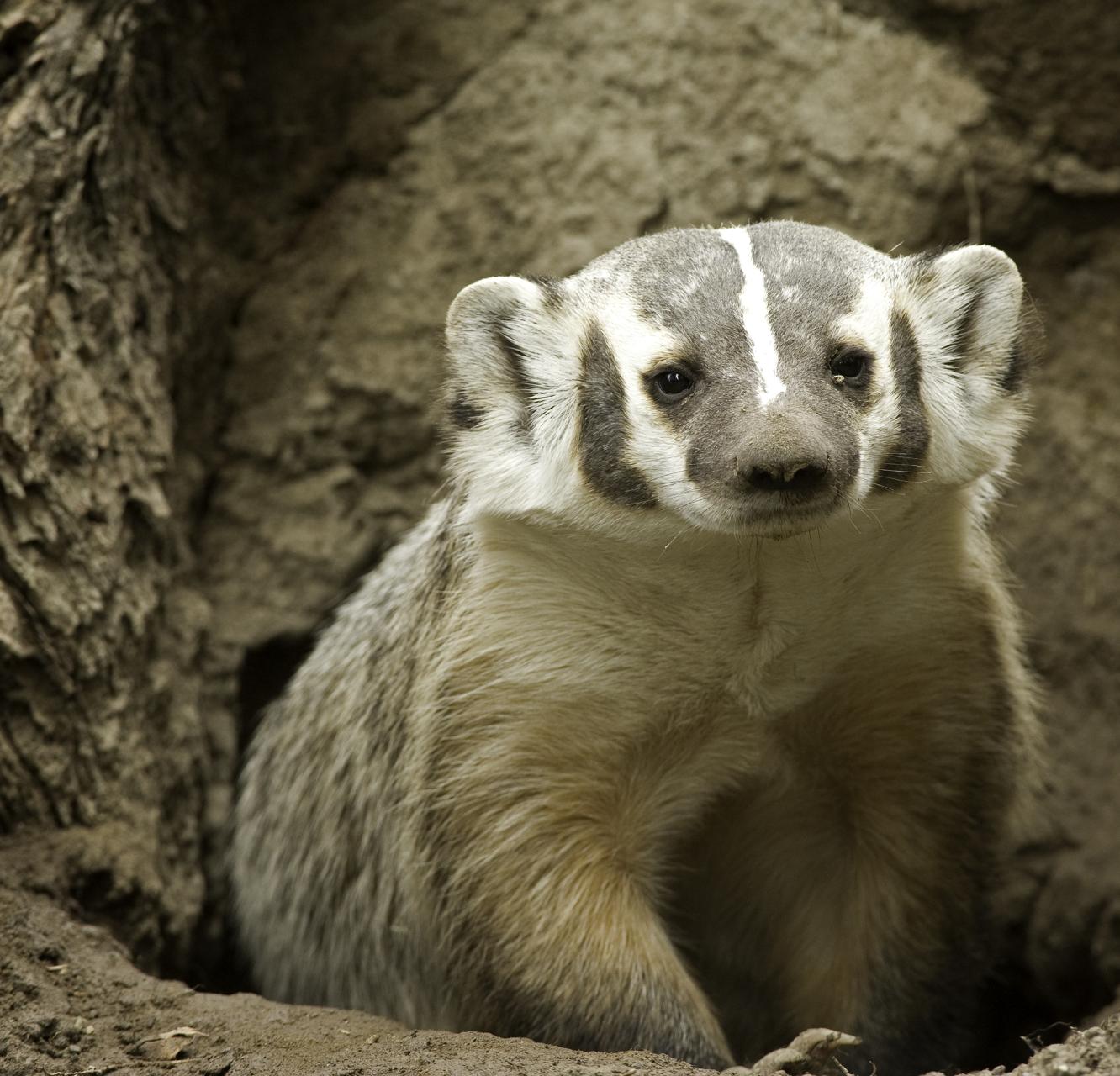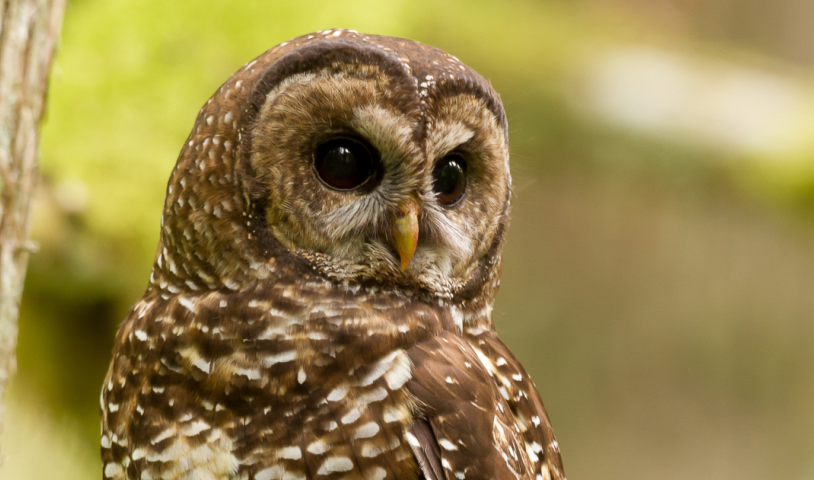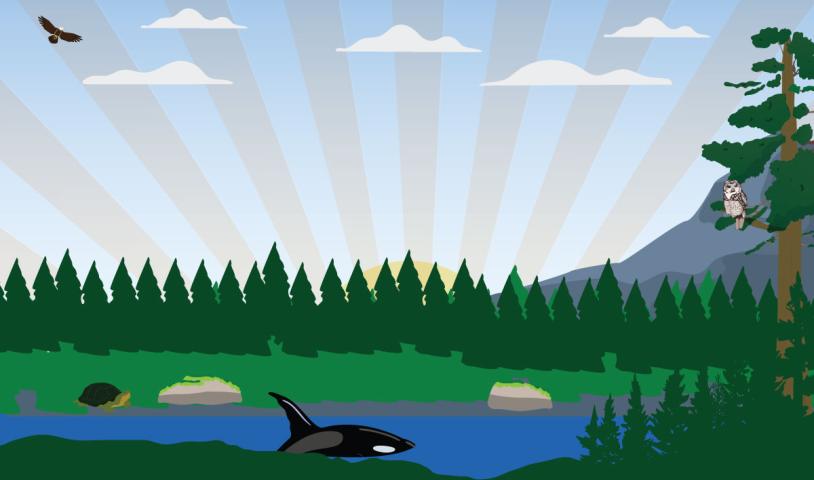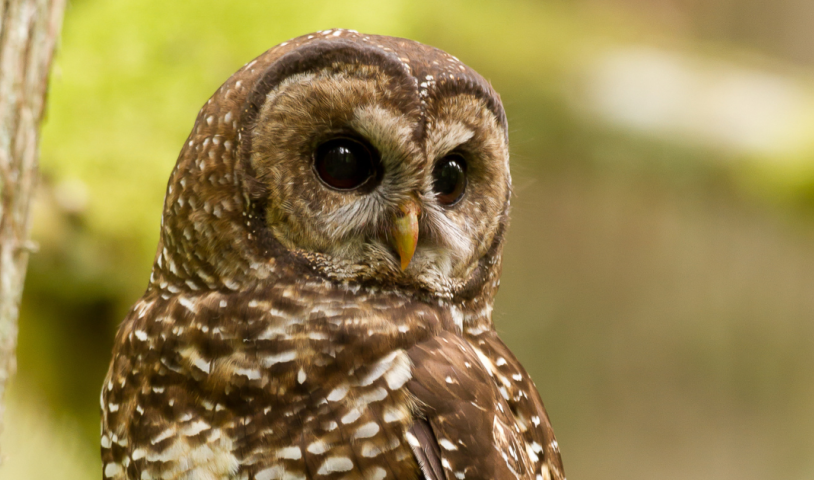In search of an elusive turtle
Wednesday, September 30, 2009
A woman fiddles with buttons and dials on the receiver at her feet in the yellow kyack.
As she’s towed by a co-worker in another canoe, she floats down Deer Lake Brook holding aloft an aerial, seemingly a smaller version of what used to adorn many a rooftop.
Then everyone listens.
Against the backdrop of freeway traffic humming in the distance one can make out a beeping sound coming from the receiver which could easily be mistaken for a bird’s chirp if not for the steadiness of its beat. The sound gets louder the closer they get to its source.
In submarine movies, this is the sound heard while the tension rises—the crew on board anxiously watching as an enemy ship shows up on their radar as an audible, blinking little blip.
“Which one is it?” says Billi Gowans, standing on the wooden bridge overhead.
“M-1.”
That’s M-1 as in male No. 1—one of four Western painted turtles in Burnaby Lake that biologists from Enkon Environmental have trapped and tagged as of Monday afternoon.
“That’s the most exciting part for me, seeing the ones we’ve captured in the lake and being able to follow them,” said Gowans, Enkon’s senior wildlife biologist on the project. “It makes it all more real.”
Hibernation season soon
The turtles’ presence in the lake was certainly made real for City of Burnaby officials last week when the B.C. Ministry of Environment turned down its request for the final go-ahead on its $16-million Burnaby Lake dredging project—a wildlife salvage permit allowing biologists to pluck fish and wildlife out of a dredge zone—out of concern for the endangered species.
The long-awaited dredging project is to remove 200,000 cubic metres of sediment from the lake, which has been filling up and threatening to turn into a bog, and return it to an international-standard rowing course.
With the project on hold, staff from city-contracted Enkon carry on with their work, with Gowans spending up to 12 hours a day on the lake in search of the turtle.
With the turtles’ hibernation season only a matter of weeks and degrees on the thermometer away, the work has gained some urgency but you wouldn’t know it from the tranquil sounds emanating from the lake earlier this week.
Native to Lower Mainland
The Western painted turtle is native to the Lower Mainland and can grow to 22 cm. in diameter. Despite some media reports estimating their number in the lake at 100, Gowans says there is no accurate data to support that figure.
“We know there’s over 20, but we don’t know how many.”
The species seems to behave differently in different environments, she said, and there’s little information on what they do at Burnaby Lake. Enkon hopes to change that and find out their numbers, how healthy they are, where they hang out in the lake and what areas they’ll use to overwinter.
Four Enkon staff have been on site each day since early September. The goal is to glue radio transmitters onto the turtles’ shells which will allow the biologists to track them, a process referred to as telemetry. In eight months or so, the transmitters should fall off as the turtles shed their outer layer of shell, Gowans said.
But they have to catch them first.
Basking in the sun
The turtles aren’t able to regulate their own body heat so they need to bask in the sun on logs and mudbanks.
But traps which simulate their basking habitat haven’t been much of a draw, said Gowans. They’ve had better luck with hoop traps, barrel-shaped, floating contraptions that allow the foraging turtles to enter to go after bait—they’ve found water-packed sardines and crabmeat work best—but not exit.
They’ve caught three turtles this way, with Gowans expecting more now that the normally shy animals have grown used to the traps in the water.
The fourth turtle was caught using a combination of furtive surveillance by a diver and the quick hands of a biologist perched in a kyack, wielding a net.
And while they’re as slow on land as turtles are known to be, in water they’re more like the hare than the tortoise.
There have been sightings where the biologists couldn’t get closer than 50 metres. Gowans herself has managed to get within five metres of one before it took off.
“Sometimes you have to be innovative, you come up behind them,” she said with a smile.
“You’re dealing with wildlife, you have to have patience. They’re trying to avoid predators, they’re not predictable.”
Plans derailed
Nor, city hall would argue, is the Ministry of Environment. Predictable, that is.
While Environment Minister Barry Penner said the hold-up on the dredging project is because Burnaby left its turtle tracking work too late in the season, the city’s director of engineering begs to differ.
The city had all its plans for environmental mitigation, including a turtle management plan, in place back in February and told the ministry so, said Lambert Chu. It wasn’t until a meeting in July that ministry officials “imposed” the need to trap and tag the turtles.
“That was the first time the ministry identified a need for a telemetry study.”
He said the city agreed to do it only on the belief it would be easier than arguing over the merits of such a study. Chu maintains it’s unnecessary because previous studies already identified what areas to avoid dredging and when so as not to harm the turtles.
And the reason the city didn’t apply for its final environment permits until late August, Chu said, is because ministry officials kept changing the requirements and said all the changes needed to be incorporated in the city’s plan before they could apply.
To make matters worse, in another meeting, ministry staff said areas that had been approved for dredging after a comprehensive environmental assessment done in 2000 were now off limits, said Chu.
The ministry now says they want to see the telemetry results, showing where the turtles are found, before they’ll tell the city where it can dredge.
“That’s not acceptable, because we already have a dredging plan developed on the basis of approval of the environmental assessment process.
“If they say that doesn’t count, then what’s the value of the environmental assessment process?”
Bureaucratic hub-bub or not, that’s none of Gowans’ concern.
Back at the lake, she and her crew simply carry on, in their search for the elusive Western painted turtle
